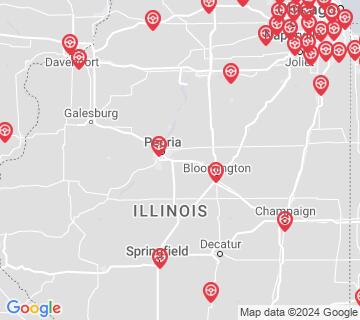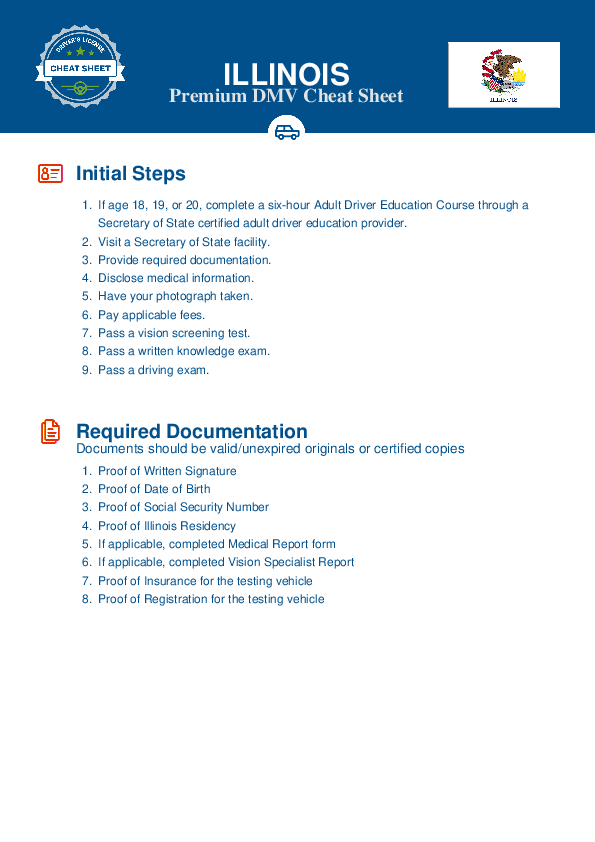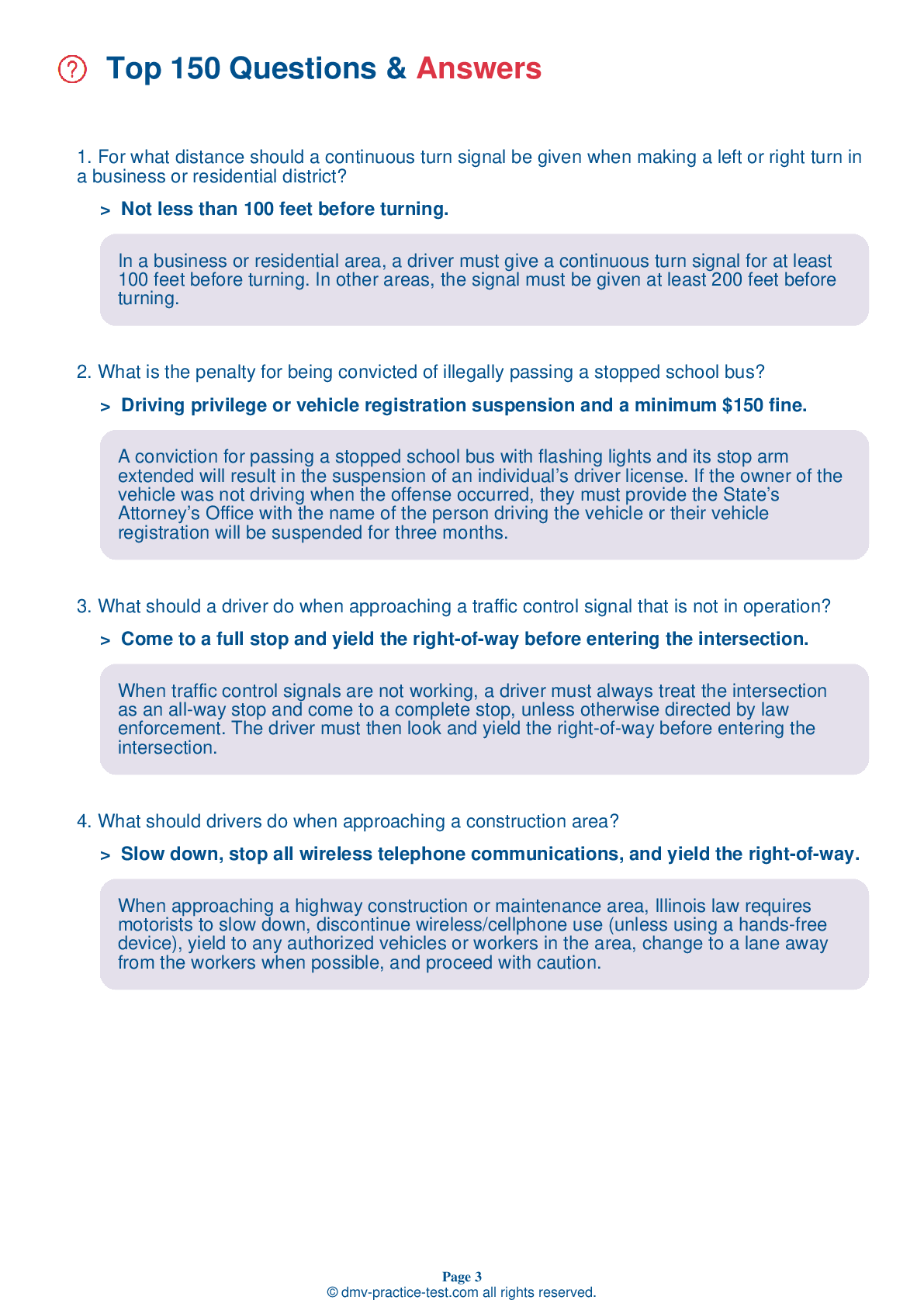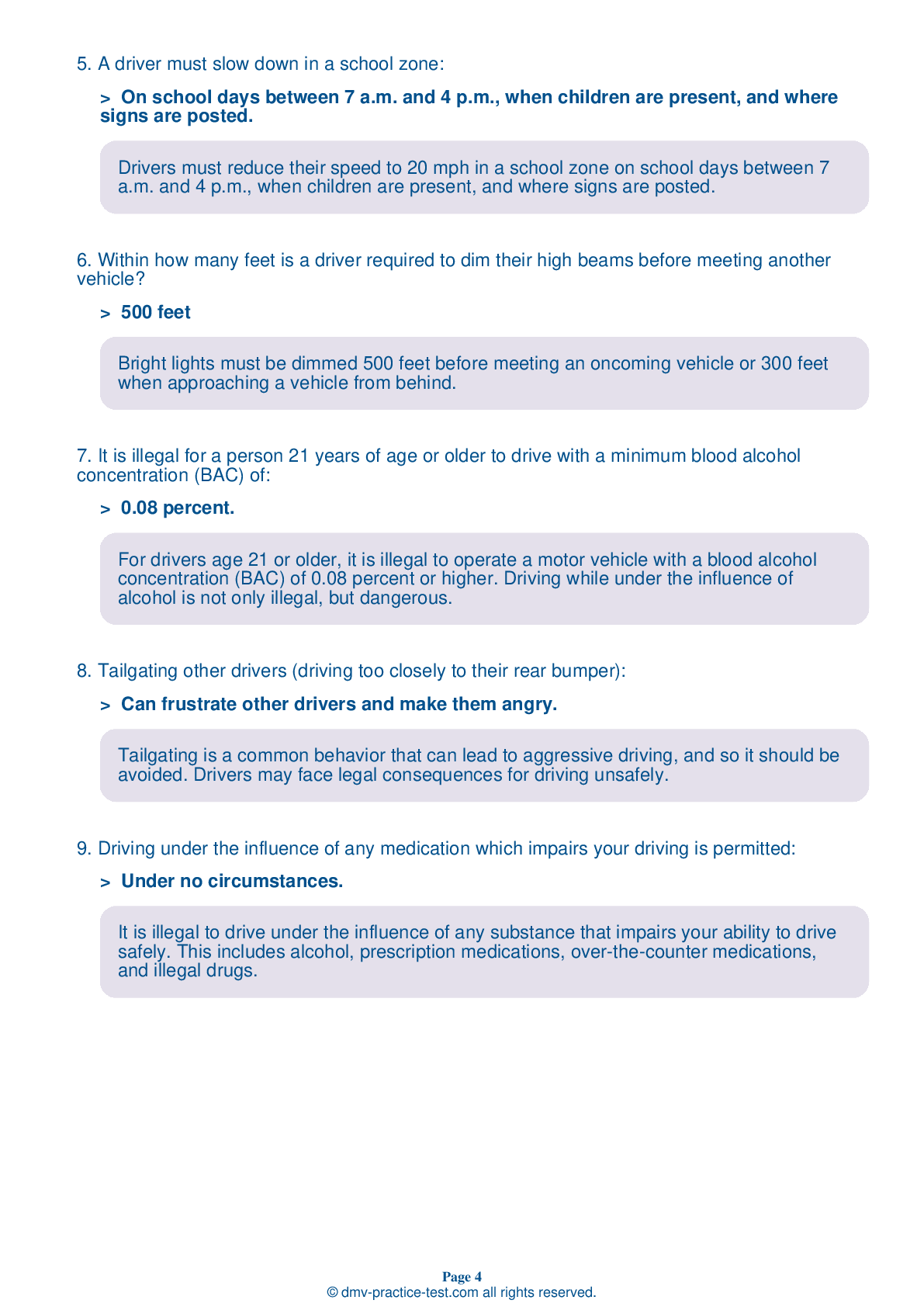FREE Illinois DMV Practice Test #3
For January 2025, this set of Illinois DMV practise tests has been updated. It includes questions based on the most important traffic signs and rules for 2025 from the Illinois Driver Handbook. To study for the DMV driving permit test and driver's licence exam, use actual questions that are very similar (often identical!) to the DMV driving permit test and driver's licence exam.
Each question on the practise exam has a tip and explanation to help you recall the ideas. Questions about traffic rules, traffic signs, and driving statutes, as well as information from the Driver Handbook, will be included in the written portion of the official DMV test.
You must properly answer 38 of the 35 questions to receive a passing mark. To help you prepare for your Illinois instruction permit or driver's licence, take our DMV practise test.
The DMV exam is offered in a variety of languages.
Using any form of testing help will result in an automatic fail, and the DMV may take further action against your driver's licence, so avoid it.
1 . When following a truck at night, it is important to dim your headlights.
You should always dim headlights when following a truck at night. Bright lights will blind the drivers of large vehicles when they reflect off the large side mirrors.
2 . This sign means:
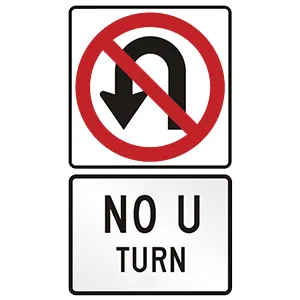
This sign indicates that you may not make a U-turn. You cannot turn around to go in the opposite direction at an intersection where this sign is posted.
3 . It is illegal for persons under age 21 to drive with any trace of alcohol or drugs in their system.
It is illegal for anyone to operate a motor vehicle on Illinois highways with any trace of a controlled drug, substance, or intoxicating compound in the blood. Drivers under age 21 will have their driving privileges suspended for three months if they are found to have had any trace of alcohol in their system after being stopped and issued a citation for a traffic violation.
4 . Yellow lines separate:
Yellow lines mark the center of a road used for two-way traffic. A solid yellow centerline indicates that drivers may not cross the line to pass. A broken yellow centerline indicates that drivers may cross the line to pass, but only if passing would not interfere with traffic.
5 . From top to bottom, the following is the proper order for traffic lights:
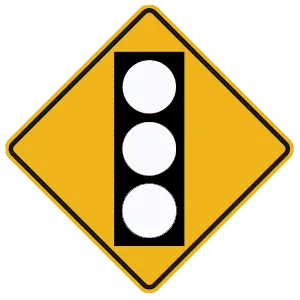
Warning signs are usually yellow with black markings. They alert you to conditions that are immediately ahead. This sign warns drivers about the presence of traffic signals at an intersection ahead.
6 . A sign with this shape means:

A diamond-shaped yellow sign warns of possible danger ahead. Orange signs, which are mostly diamond-shaped, are used to warn of possible dangers in or near work areas.
7 . This sign means:
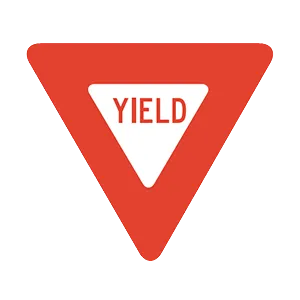
When approaching this sign, you must yield the right-of-way. Slow down and let vehicles and pedestrians crossing your path pass before you proceed. If necessary, stop before going ahead.
8 . This road sign means:
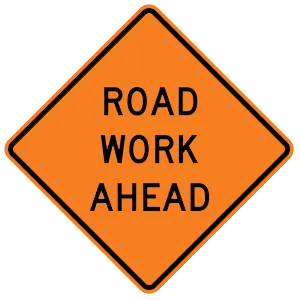
This orange warning sign tells drivers that an area of roadwork is upcoming. When traveling through a work zone, stay alert for temporary traffic control devices.
9 . Which of these statements is true about roadwork zones?
Reduce your speed and be prepared to slow down or stop for highway equipment. Driving carefully through work zones improves safety for drivers, pedestrians, bicyclists, and road workers.
10 . This road sign means:

